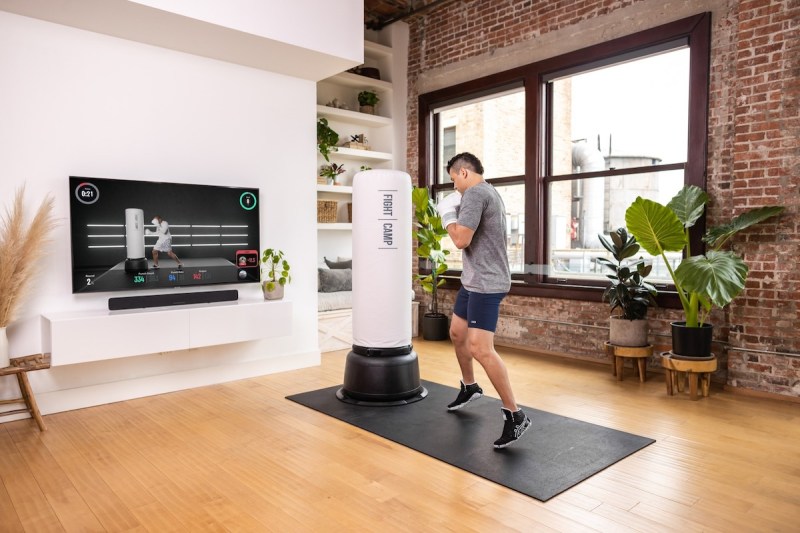At-home fitness is all the rage these days. Between Peloton, Hydrow, MYX, and others, the choices for connected exercise equipment and workout routines are ever-expanding. But what if you aren’t a big fan of traditional cardio exercise and the thought of running on the treadmill or riding an exercise bike every day sounds boring and just isn’t your thing?
Enter FightCamp, the at-home boxing workout system with professional-quality equipment, integrated app feedback and guidance, and expert-led fitness, boxing, kickboxing, and strength workouts from your own home. FightCamp offers everything you need in terms of fitness for beginners to fit athletes alike, all without the boredom or routine of cardio equipment. We decided to test FightCamp out for ourselves and our review of FightCamp is below.
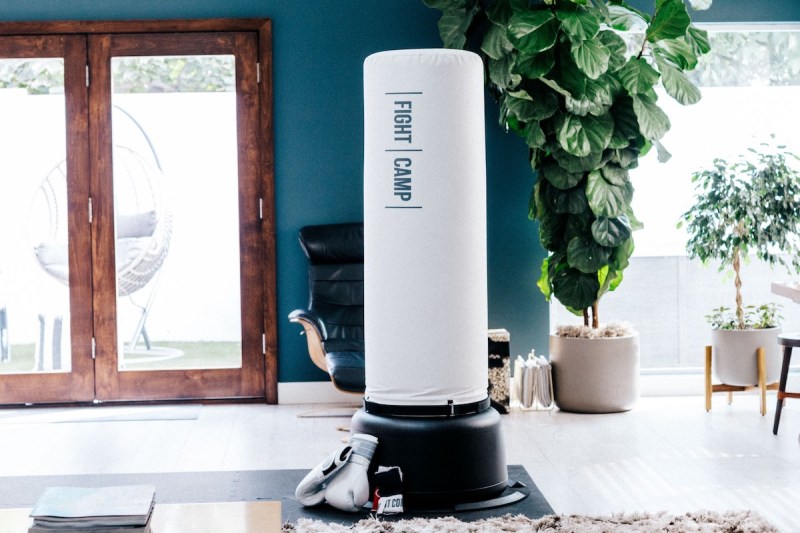
Benefits of FightCamp
FightCamp workouts are unique because they offer every type of workout necessary to train like a boxer. The workouts are engaging and the app integration keeps you chasing after goals and trying to improve your technique, strength, power, and stamina. In addition to boxing and kickboxing, FightCamp has an entire library of strength, conditioning, core, dynamic warmups, and stretch workouts, along with guided recovery sessions for your days off from training.
“All of the FightCamp Trainers are fighters, so the workouts are authentic to the way fighters train,” explains Aaron Swenson, a professional fighter and Founding Coach at FightCamp. “You can hit every aspect of a well-rounded routine with the FightCamp app. Boxing and kickboxing workouts have also been shown to improve physical health and overall mental health. Punching and kicking a bag is a fantastic way to relieve stress!”
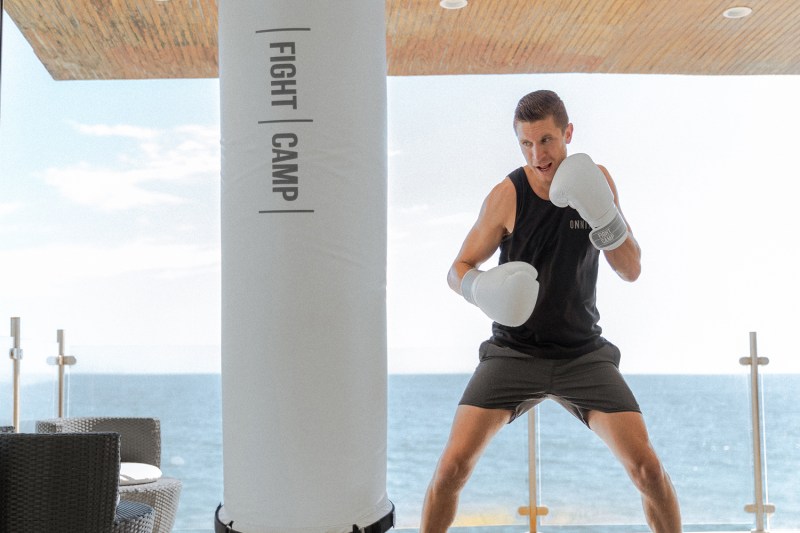
Is FightCamp Good for Beginners?
One of the best things about the FightCamp workout system is that it is designed to be used by novices and experienced athletes alike. FightCamp offers different “Paths” that you can follow to learn proper boxing techniques.
“FightCamp’s Paths are a series of curated tutorials and workouts that will teach you everything you need to know to train like a fighter,” explains Swenson.
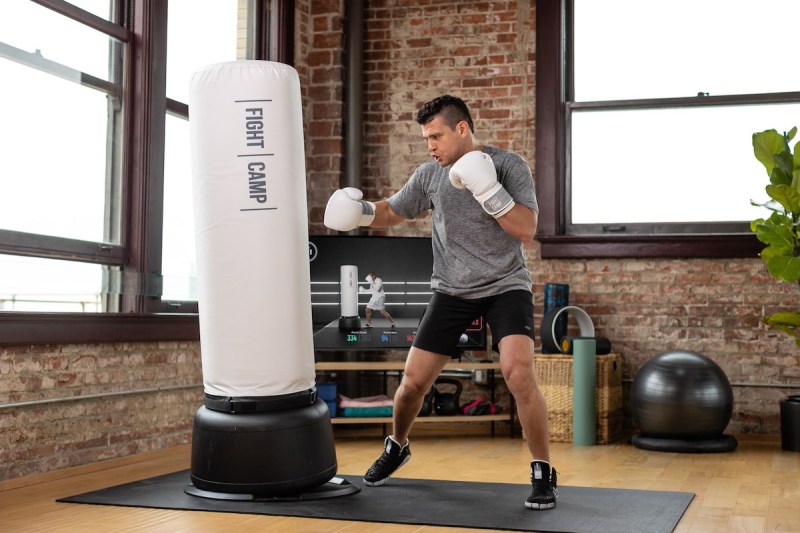
For example, the Prospect Path includes tutorials and boxing workouts designed for beginners with no boxing experience, while the Contender Path is for intermediate boxers. The Contender Path builds on skills you learned in the Prospect Path, or previously outside of FightCamp, by introducing things like how to step and punch, how to roll, how to slip, and how to combine movements together. The FightCamp workouts in the Contender Path are also designed to build your cardio fitness and endurance, so you get fitter while improving your technique and arsenal of boxing skills.
Another key benefit of FightCamp is the unique punch trackers, which slip into your gloves. The punch trackers connect via Bluetooth to the FightCamp app and allow you to see your punch counts and output score. The app keeps track of your progress over time, which is a motivating way to see improvements in your technique, power, and fitness.
FightCamp also has a “Versus Mode” that allows you to compete against other members in the FightCamp Community, against average scores, and even against yourself. This mode is super motivating, especially if you love competition and seeing how you stack up. In a lot of ways, it’s like a leaderboard in a Peloton workout or Hydrow.
Is FightCamp Good for Fat Loss?
The FightCamp workouts can help you lose weight, particularly the metabolic and HIIT-style workouts.
“Boxing and kickboxing are inherently great forms of exercise to burn fat,” says Swenson. “Combine these types of workouts with our conditioning workouts and a mindful diet, and you are on your way to achieving your weight loss goals.”
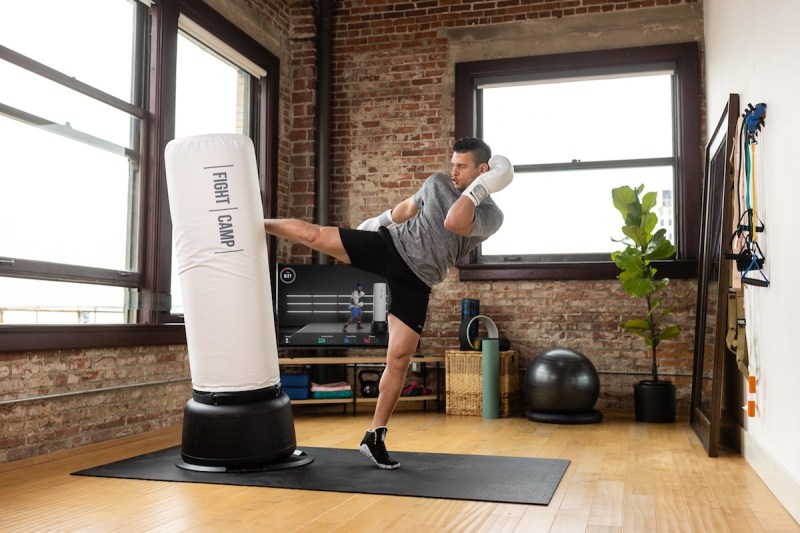
Our Review of FightCamp
FightCamp has a huge library of on-demand workouts to fit your fitness level, desired workout length, skill, and goals. You can sort them by length, number of rounds, level, target number of punches, and instructor. The instructors are awesome. They are all former professional boxers, and they not only bring the know-how, but the energy, motivation, and guidance as well. It’s really inspiring to have such esteemed trainers.
Different workouts have different focuses and goals, such as lower body, speed development, pure punching, or combo buildup. Most of the workouts incorporate calisthenics or bodyweight strengthening exercises like pushups, planks, squats, jumping jacks, or jumping rope, so you’re hitting both cardio and strength buttons during the workout. The app keeps track of the number of punches you’ve thrown during the workout, and each workout has a target number to hit. If you’ve ever taken a SoulCycle class, you might be familiar with the famed (or dreaded?) leaderboard. FightClub has an in-app leaderboard, so you can fire yourself up with virtual competition and see how you stack up as your fitness improves.
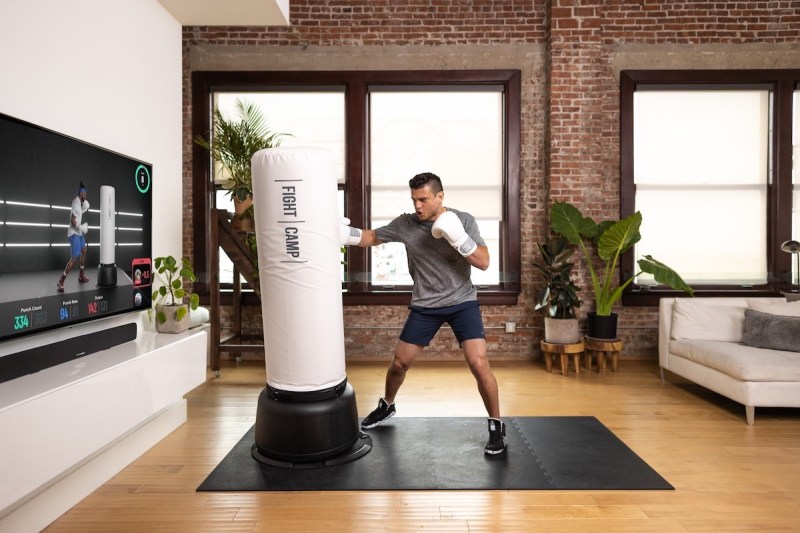
The bulk of the workouts are made up of a certain number of “rounds” — usually four, eight, or ten. These are blocks or certain punch combinations, and you follow along to copy the sequence. Numbers fly up on your screen, and you perform the corresponding punch. For example, 1 is a jab, 2 is the cross, 3 is the lead hook, 4 is the rear hook, 5 is the lead uppercut, and 6 is the rear uppercut. It takes a few rounds to really learn the numbers and punches, and to be able to follow along, but the app goes at your pace, and there are plenty of beginner workouts and tutorials. There are also kicks and dedicated kickboxing workouts.
One nice thing about FightCamp workouts is that they incorporate boxing-specific drills and technique work, as well as strengthening and conditioning exercises for your general fitness, so if you lack motivation to do things like core exercises, push-ups, and jump rope, they are sneakily incorporated into the workouts, which is great.
The gamification aspect of the FightCamp experience makes the time fly by, too. It’s fun to be able to track our stats, see your progress, and vie against other at-home boxers.
Getting the Most Out of FightCamp Workouts
Swenson says that the key to getting the most out of FightCamp workouts is to set up your punching bag and trackers and complete your first workout. “Our data shows that when members use the FightCamp trackers, they work out three times more than someone that doesn’t,” he explains. “This means that you will reach your goals three times faster! Once you get that first workout under your belt, make small goals to slowly add classes to your weekly routine.”
What’s great about FightCamp is that it’s essentially a comprehensive fitness and boxing training camp taught by professional trainers and fighters in the comfort of your own home on your schedule. You can work out with FightCamp in some way each day by mixing up the types of workouts you do. You can choose strength and conditioning workouts to build speed and power, or you can choose dynamic workouts, core, stretch workouts, and recovery sessions to improve your performance and round out a balanced
